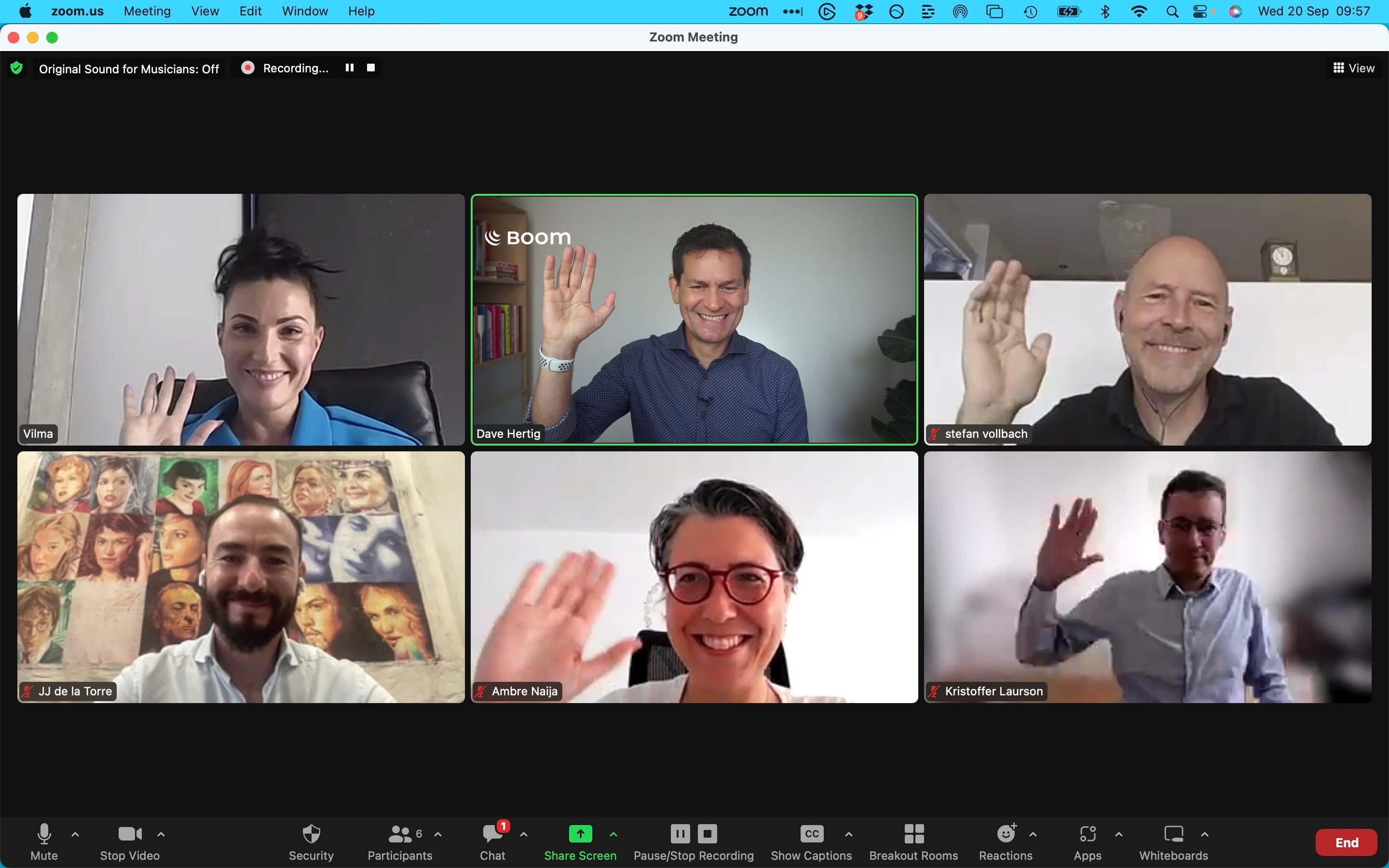Retaining top talent remains a paramount challenge for CEOs. As we delve into diverse CEO mindsets, draw lessons from the Cleveland Clinic, and challenge conventional approaches, it becomes clear: traditional methods won't combat skilled-worker shortages.
My goddaughter, a bright 28-year-old with a decade of diverse experience in healthcare, declares, 'I won’t return to the industry.' Highly skilled and passionate about her work, she nonetheless became disillusioned. Despite her best efforts to foster change, she felt that the system remained resistant. 'It seems hospitals prioritise revenue over the value of their nursing staff,' she observed. Disenchanted, she's chosen to pivot her career, now managing operations for a small family construction business.
Given the industry's shortage of qualified workers, can hospitals and care organisations afford to lose skilled professionals like my goddaughter?
Two Distinct Mindsets in Healthcare Professionals
From my goddaughter's viewpoint, healthcare professionals fall into two categories:
- Those who remain relatively detached from organisational intricacies. They focus on their tasks, follow directives, and seldom voice concerns about inefficiencies or problems they encounter.
- Individuals who recognise significant operational challenges within their institutions. They are driven by a desire to enhance processes, striving for better outcomes with fewer resources—be it time, money, or energy.
My goddaughter clearly identified with the second group. Yet, she felt that nurses often lacked a voice at the organisational level.
The Biggest Challenge CEOs Tell Us About
In my line of work, we assist forward-thinking CEOs in accelerating their business growth with greater ease. We posed a question to them: 'What is your biggest challenge when it comes to driving business growth?' After collecting responses from 160 CEOs of small to medium-sized enterprises, we collaborated with software giant HubSpot to publish our findings in the 'CEO Study.'
The results were clear: the predominant challenge for CEOs is hiring the right people.
Two Types of CEOs
After recognising that hiring the right people is the predominant challenge, one must question: How do organisations that experience a shortage of skilled workers foster employee loyalty and commitment?
From our observations, especially in industries grappling with a shortage of skilled workers, CEOs tend to fall into one of two categories:
- Those who primarily approach business from a numbers-driven perspective.
- Those who lean more towards a people-centric approach.
Both types of CEOs value people and understand the significance of numbers. The distinction lies in what they prioritise as the guiding force in their strategic thinking.
The Challenge for the Numbers-Oriented CEO
Numbers-oriented CEOs often find themselves at a disadvantage in industries facing a shortage of skilled workers. To address this, they can:
- Recognise that their limited perspective on people can hinder progress.
- Surround themselves with trusted professionals, whether from their internal teams or external advisors, who excel in people-related matters. By integrating their insights, they can make much more effective decisions.
The Challenge for the People-Oriented CEO
CEOs with a primary emphasis on people sometimes overlook the nuances of their employees' desires. The overwhelming urge to 'get everything right' can lead to misplaced priorities. For instance, the current discourse on diversity illustrates how easily genuine intentions can become muddled.
At its core, what most employees seek is straightforward: they want to work for an organisation whose mission and values resonate with their own. They wish to see their company succeed and, in the process, feel their contributions are meaningful and substantial. We all seek to be part of something bigger than ourselves that enhances our identity and allows us to have a sense of belonging and pride.
An organisation that consistently achieves success often boasts a rich spectrum of diversity – not just in superficial terms but in skills, opinions, and problem-solving approaches. When such deep-rooted diversity is present, attributes like skin colour, sexual orientation, or country of origin naturally become less contentious. Individuals from varied backgrounds are magnetically drawn to such organisations, primarily because of their clear emphasis on values and being successful at fulfilling its mission.
The Cleveland Clinic and What We Can Learn from It
I recently spoke with a consultant in the healthcare sector. She claimed there wasn't a single hospital people universally praised. I beg to differ. While I don't primarily focus on this industry, in such conversations, the Cleveland Clinic often comes to my mind.
During a visit to Cleveland in spring 2023, I was taken aback by the expansive presence of the Clinic in the city. Numerous buildings proudly displayed the Clinic's logo. As a traveller from Europe, I'm struck when U.S. organisations demonstrate such significant influence through sheer scale.
The Cleveland Clinic's outstanding marketing efforts have earned them numerous accolades, but what truly caught my attention was a mention by Jim Collins, the bestselling author of "Good To Great" among other influential titles.
Three Pillars of Employee Loyalty
In “Turning The Flywheel,” Collins narrates the story of those three physicians who, after serving in World War 1, were deeply influenced by the unwavering mission-driven teamwork of the military.
To quote from the book: “...the three physicians vowed to create a distinctive new medical center after the war, one with a highly collaborative culture filled with people utterly obsessed with caring for patients. From its inception, the Cleveland Clinic focused on attracting first-rate physicians who would… be motivated primarily by working with world-class colleagues with a singular goal, do what’s best for the patient.”
Three elements of this statement may serve as foundational principles for a formula that aims to foster employee loyalty:
- Clear and distinctive mission and values.
- Professionals deeply committed to the mission.
- Collaborating with top-tier colleagues draws in more of the same calibre.
Personality, Motivations and Natural Attraction
In our own work with CEOs of all types of industries we see this:
- CEOs aim to identify loyal employees during the hiring process, and this is achievable. Effective assessments provide deep insights into the likelihood of someone's loyalty. While knowledge about people's desires and motivations exists, it's frequently overlooked. Many resort to a trial-and-error approach in hiring, often still seen as the height of mastery today. While assessments are sometimes utilised, they're often used as a means to shift responsibility for hires that may go sour.
- While personality is a crucial component, it's just a fragment of the broader assessment for potential hires. The primary aim should be to lure exceptional professionals essential for any driven business to reach its aspirations. Loyalty naturally emerges when an environment facilitates significant contributions from these individuals. With such a setting in place, why would a mission-driven individual look elsewhere when we know that their values extend beyond mere salary discussions?
- CEOs often note that prospective employees "say all the right things" during interviews. This essentially acknowledges that many job applicants know how to play the game, having a keen sense of what employers seek. Organisations should introspect: are they, too, guilty of putting on a show during the hiring process? While positions may be presented with alluring perks and promises, the subsequent disillusionment can be a two-way street.
A Challenge to CEOs
For leaders yet to embrace these principles, consider the following when it comes to hiring and retaining the people that will help you move forward in substantial ways:
a) Speak transparently. No embellishments, no half-truths.
b) Prioritise fit. Seek candidates who align with both your organisational culture, the team’s sub culture and the specific role's demands.
c) Clarify your uniqueness. Ensure candidates grasp what sets your organisation apart, resonating with those truly suited for your openings.
If you struggle to differentiate your organisation from another one that your great employees might want to work for, that's your starting point.

2023/09/20 Dave Hertig with 5 CEO guests.























